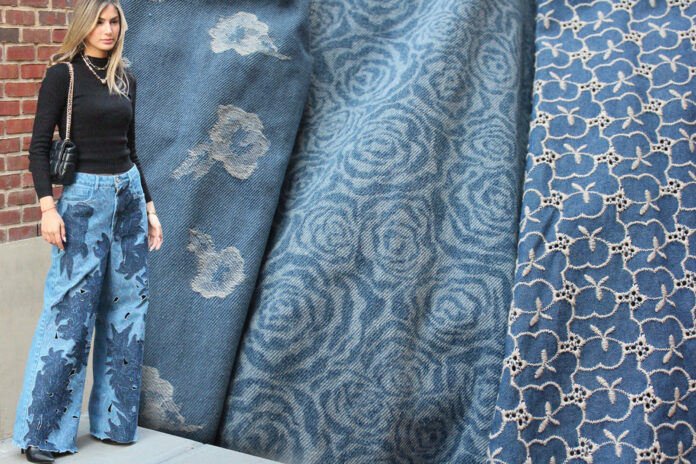BY STACEY GORMANWARREN, ARKANSAS
Cotton Incorporated’s Trend Forecasting team plays a crucial role in the fashion industry by providing insights and guidance on trends related specifically to cotton products.
Trend forecasting in fashion is the process of predicting what styles, colors, fabrics and overall trends will be popular in the future. It involves analyzing a wide range of factors to predict what consumers will be interested in and what will drive the market.
Cotton Incorporated’s expert team of trend forecasters provide insight into what’s next in color, styling and fabrics.
Through extensive global research and analyzing information from across industries, the forecasting team can pinpoint market shifts and cultural directions to predict what’s ahead in fashion trends. The team uses its expertise to showcase how to apply to attain these trends using cotton fabrics.
Linda DeFranco, director, Fashion Marketing at Cotton Incorporated, leads the Trend Forecasting team and has been with Cotton Incorporated for more than 25 years. Trend forecasting is a mix of art and science, according to DeFranco.
“Our team travels the world to identify the global, cultural and lifestyle trends that influence the direction of textile design and silhouettes at the consumer level,” she said. “We also conduct extensive research to find the most forward-thinkingconcepts in color, fabric and apparel silhouettes and study buying habits, preferences and social media activity to understand what consumers are drawn to.”
A Collaborative Effort
Cotton denim fabric trends take a romantic turn as floral motifs are interpreted through embroidery, eyelet, print and woven techniques.
The team works with Cotton Incorporated’s Product Development division to find and create cotton fabrics that match the trends they’re predicting. They also work with mills and manufacturers around the world to source new, interesting cotton fabrics.
After trends are identified and cotton fabrics are sourced, the team puts together interactive trend forecast presentations and shares them with designers, manufacturers, retailers and mills to help them anticipate worldwide trends. Each presentation is tailored to the client’s individual needs.
“We present these trend forecasts 18 to 24 months in advance of the selling season to help our clients plan their production a year and a half to two years in advance,” said DeFranco.
Each year, the Cotton Incorporated Trend Forecasting team has between 150 and 200 meetings to present their forecast. The ultimate goal is to help these companies reach their fashion trend goals using cotton.
At the end of each in-person presentation, the team leave the client with more than 100 cotton fabric swatches that they can hold and touch. Each cotton fabric swatch is labeled with important technical and sourcing information.
Marketing Perspective
Rachel Crumbley is a senior trend forecaster in Cotton Incorporated’s Fashion Marketing Department. She said Cotton Incorporated’s trend forecasting approach is unique in the industry because they are the only ones showing how all the upcoming fashion trends can be achieved using cotton.
“Brands that can anticipate trends and adapt quickly often gain a competitive edge by being among the first to offer new styles. Aligning cotton fabrics with future trends helps cotton stay relevant and appealing to brands,” Crumbley said.
For more information on Cotton Incorporated’s trend forecasting services and to see the current forecasts, visit trendforecast.cottoninc.com.
Stacey Gorman is The Cotton Board’s director of communications. Contact her at sgorman@cottonboard.org.
